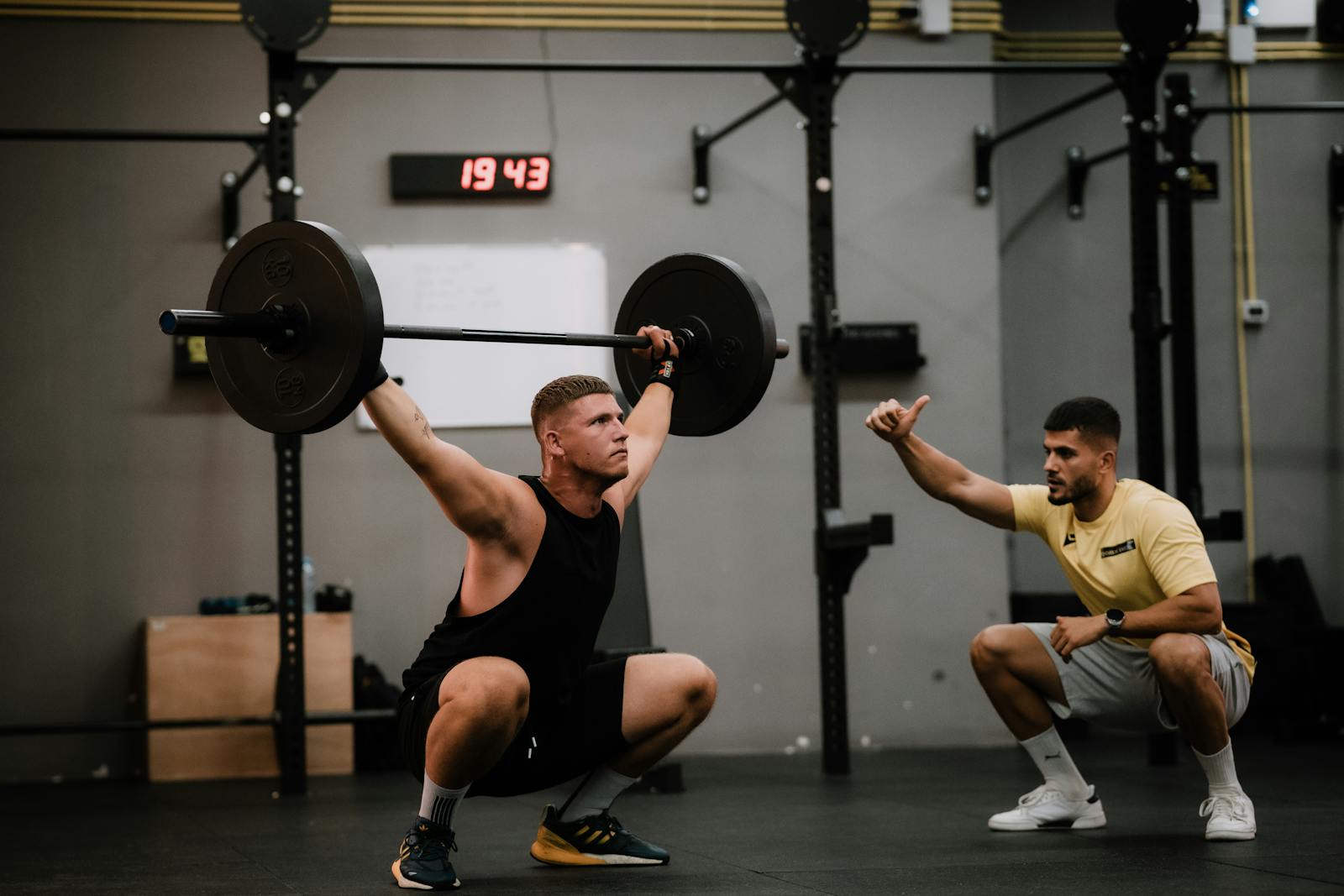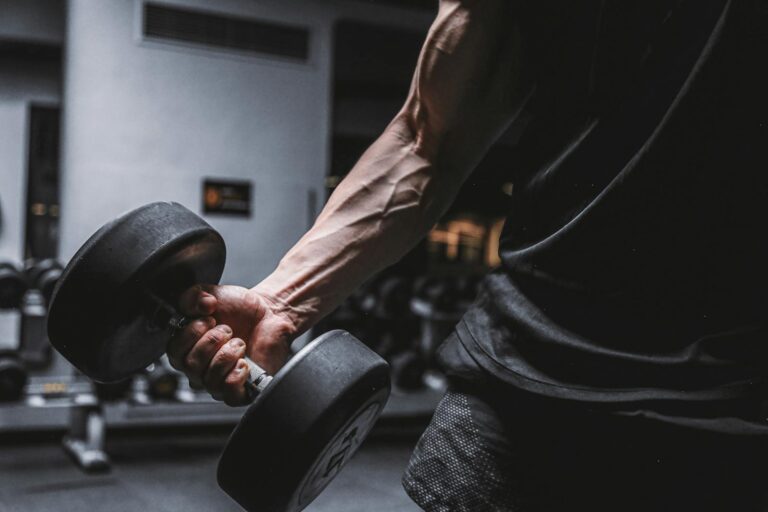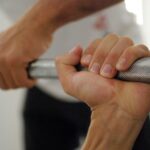Alright, guys—let’s talk about a topic that hits close to home for anyone serious about lifting: back pain and spinal loading. If you’ve spent any time under a barbell, you’ve probably heard the warnings: “Don’t load your spine too much, or you’ll hurt your back!” But Layne Norton just broke down some fresh research that challenges this mindset, and it’s something every lifter should know.
The Research Breakdown: Spinal Loading and Back Pain
So, Layne digs into a scoping review (a big-picture analysis) covering over 20 studies. It aimed to answer the question: does spinal loading predict back pain or increase injury risk? The findings? Not what you’d expect. According to this research, spinal loading doesn’t predict back pain or injury. And here’s the kicker—reducing spinal loading doesn’t reduce back pain risk or even help recovery.
Let that sink in. For years, we’ve been told to protect our backs by avoiding heavy spinal loads, but this study suggests it might not matter as much as we thought.
Your Body Isn’t as Fragile as You Think
You can be weak and have back pain – or you can be strong and have back pain.
A lot of people imagine their spines as these fragile structures that will break with any wrong move. But Layne points out how resilient and adaptable our bodies actually are. When you progressively load your body, like you do with weight training, your tissues adapt and become stronger. Think of it like this: if your body never faces stressors, it won’t be ready for them when they come around. And this is where we see issues like “blowing out a disc” just from picking something up wrong. It’s often not the heavy lifting that causes these injuries; it’s the lack of conditioning.
Real Talk: Training vs. Everyday Lifting
Now, Layne also admits something important: context matters. He trains to push limits—hard. Trying to be one of the strongest drug-free athletes in his category means he’s often at the edge of his body’s recovery capacity. And this edge is where even experienced lifters can run into trouble. If he misses a few hours of sleep or deals with extra stress, he’s risking more back pain because his recovery is maxed out.
But the average lifter? If you’re training to get stronger without competing in powerlifting, you’re probably not constantly on the edge like that. Your body, as long as it’s progressively loaded, can handle the demands you throw at it—just as long as you’re recovering properly.
The Role of Recovery: It’s the Key to Avoiding Injury
What does matter is recovery. Layne notes that the biggest predictor of injury isn’t the weight itself but rather your recovery status. Are you managing your sleep, stress, and nutrition? Are you progressively overloading at a pace that your body can handle? Injuries tend to happen when your recovery can’t keep up with your training, not simply because you’re lifting heavy.
Good coaches know this balance, too. Layne mentions how some of his coaches would hold back on adding weight even if the numbers looked good on paper, just to keep his recovery on track. Sometimes, instead of jumping up 25 pounds on a lift, they’d go up by five or ten. It’s slow and steady, but it lets your body adapt without blowing out your recovery reserves.
Form Isn’t Everything: Embrace the Adaptability of Your Body
Here’s another bombshell Layne drops: form matters, but not in the way we might think. It’s not about being 100% strict with form to avoid injury. For example, some top lifters pull deadlifts with a rounded back and are fine, while others get hurt with a completely straight back. Layne himself changed his deadlift form about five years ago. He switched to pulling with a rounded upper back and has had less back pain and fewer injuries since.
The idea is that if your body is accustomed to a certain form—even if it’s not textbook perfect—it will adapt over time. The real danger comes when you’re used to lifting one way, and then under fatigue, your form breaks down into a position your body isn’t used to.
Takeaway: Lift to Get Strong, Not to Avoid Pain
Layne’s final thoughts hit home for anyone who’s ever felt a twinge of pain in the gym. He argues that you’re not guaranteed pain-free just by avoiding heavy lifting. You can be sedentary and still have back pain. Strength training, even with some discomfort, can actually help you reduce back pain by conditioning your body.
So, next time you hit the gym, remember this: you’re not as fragile as people say. Your body is built to adapt. Keep your recovery in check, listen to your body, and load progressively. And if you’re going to have some aches and pains along the way, you may as well be strong.
Discover more from IncogNatty
Subscribe to get the latest posts sent to your email.









